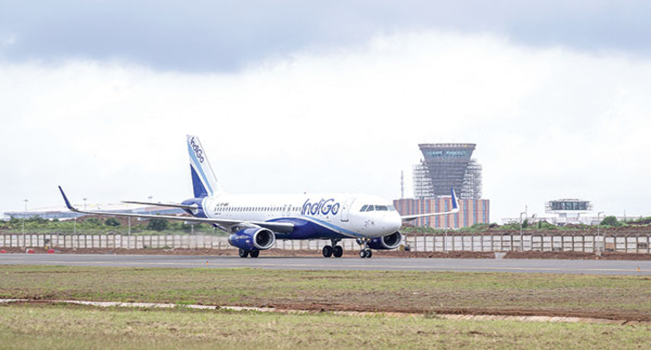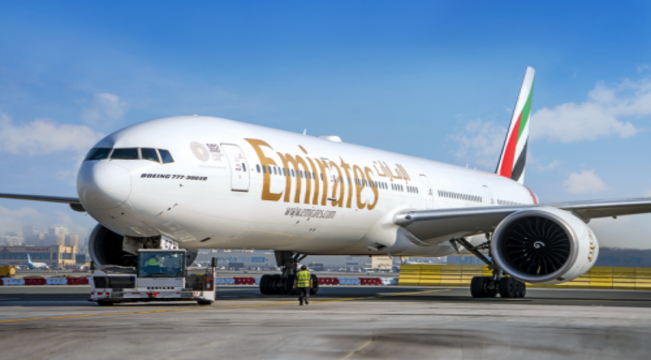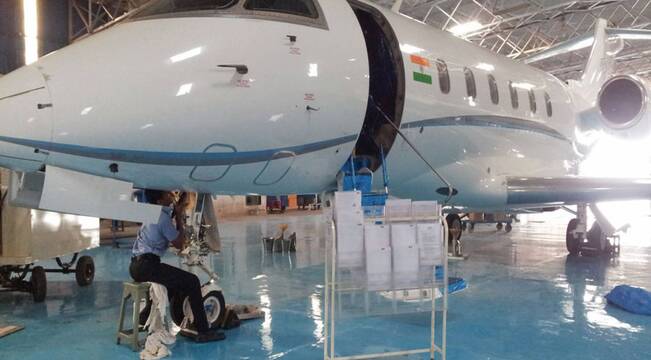New Delhi, October 01, 2020: On Tuesday, the global aviation body has revised its traffic projections for 2020 that show sharper decline in passenger demand – at 66 per cent for the current year – than it had previously estimated. IATA’s earlier decline projection was 63 per cent. The report said that the passenger demand in August continued to be hugely depressed against normal levels. “Based on flight data, the recovery in air passenger services was brought to a halt in mid-August by a return of government restrictions in the face of new COVID-19 outbreaks in a number of key markets,” the report added.
Hover over the keyword to read more about the topic without leaving this page!
Though Asia Pacific, which has largest share in the global aviation market of 34.6 per cent, was relatively lesser impacted in August in terms of RPKs (revenue passenger kilometers) – which is number of kilometers travelled by paying passengers – as compared to all other markets such as North America, Europe, Middle East, Africa and Latin America.
Back in India, the situation seems better over the past two months. The average daily passenger traffic has jumped from about 90,000 in August to 1.25 lakh in September. However, these numbers are still much lower than the daily passenger numbers prior to COVID-19. “The daily passenger traffic is growing on a weekly and monthly basis. We had expected first quarter [of 2020/21] to be a complete washout followed by marginal traffic in second quarter. As per our expectations, the third quarter is likely to see some recovery, and the maximum recovery would happen from January onwards,” says Kinjal Shah, Vice President at ratings agency ICRA.
But there’s a problem with the current trends. As per experts, the air traffic in the present scenario is still largely driven by labour and people who are travelling to their hometowns. This is pent-up demand which is not likely to sustain over a long period. The business and leisure traffic hasn’t come back yet. For the recovery to take place, these two segments have to come back to contribute to the overall demand, and it’s still not certain when they would pick up. “How the third quarter pans out depends a lot on the business and leisure demand. If October doesn’t see significant recovery, it will be against the estimates of most analysts,” says an aviation consultant.
In September, the Ministry of Civil Aviation had revised the capacity constraints for domestic carriers to 60 per cent of their approved summer schedule. Earlier, this number was 33 per cent. By allowing higher capacity, the ministry expects airlines to fly more passengers. The ban on the international flying has been extended till October 31.
ICRA has estimated the domestic passenger traffic to drop between 41 per cent and 46 per cent, and international traffic to between 60 and 70 per cent for FY21 according to the reports published in businesstoday.in.
Globally, the recovery of the aviation industry has been patchy. While markets like China have recovered quickly, other countries which have witnessed the second wave of the pandemic continue to keep their flying restricted. In India, which is still grappling with the first phase of the virus spread, the early signs of recovery are visible. But the next three months are going to be crucial for the aviation sector to continue its recovery momentum.





































